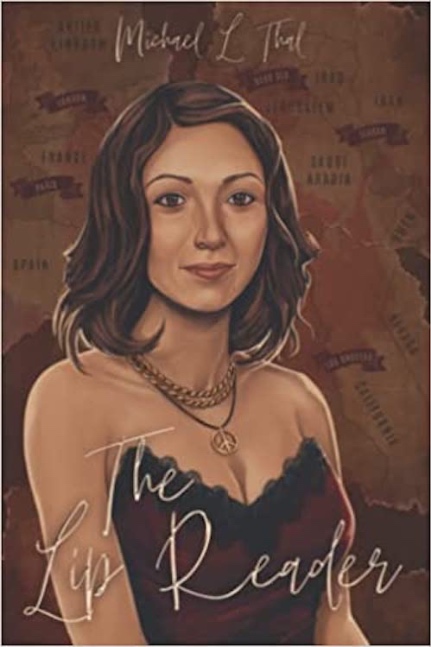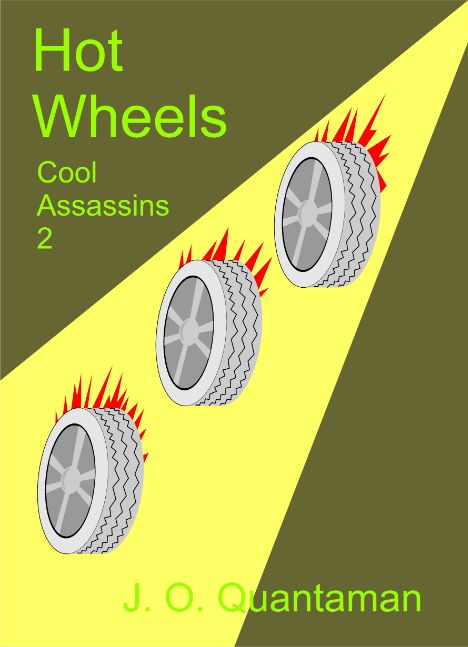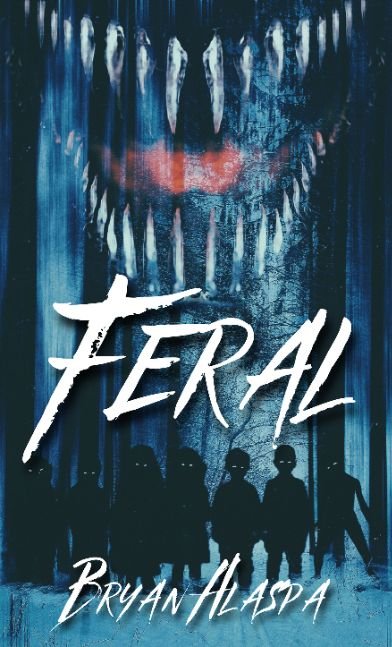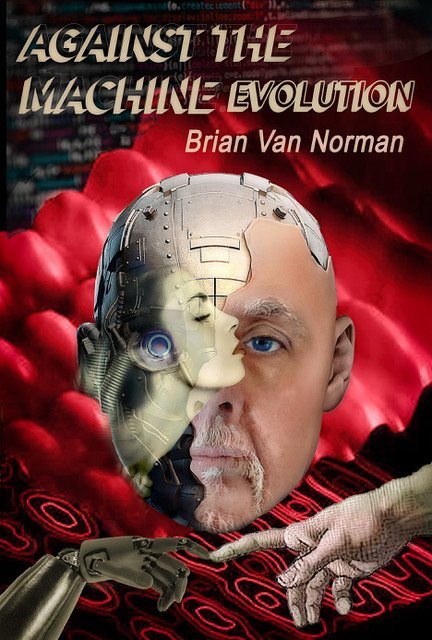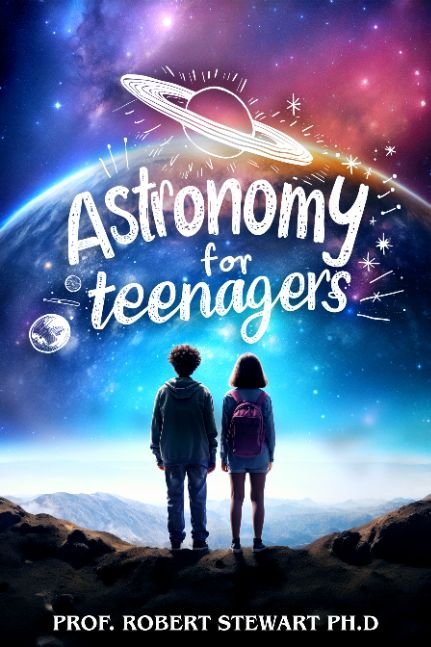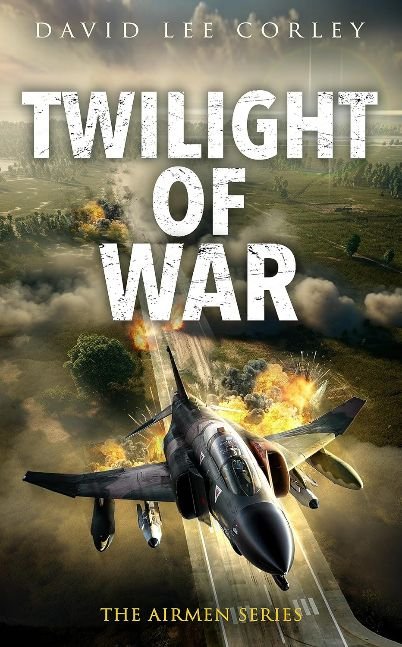- Home
- Book Trailer
- Interview with Author Pratibha R DH
Interview with Author Pratibha R DH
 https://www.amazon.in/Butterflies-Storm-Pratibha-R-DH-ebook/dp/B0BV7C3KP4
https://www.amazon.in/Butterflies-Storm-Pratibha-R-DH-ebook/dp/B0BV7C3KP4
When you're working on a book and a new idea pops up, should you pursue it immediately (also known as 'UP syndrome') or finish your current project first? What do you think is the best course of action?
No, I don’t immediately switch projects when a new idea pops up. I believe in finishing what I’ve started. That said, I do keep a dedicated notebook for new story ideas, and whenever something strikes me—whether it's a scene, a plot twist, or even a title—I make sure to jot it down there. Over time, that notebook becomes a treasure chest of inspiration for my next book. But I stay focused on completing my current story first. For me, seeing something through to the end is just as important as the excitement of a new idea.
Can you explain your writing process? Do you prefer to create an outline and plan beforehand, or do you prefer to write more spontaneously and organically?
I actually have a few different approaches to writing, depending on the situation and how the story comes to me. One of the more methodical ways begins when an image or idea takes hold of me. I let it simmer in my mind for a while, allowing it to evolve naturally. During this phase, I read and research extensively on subjects related to that idea. Then I begin brainstorming—jotting down rough notes and pointers in my diary, usually starting with a paragraph or two. I plan the characters surrounding the protagonist and jot down different points and subplots as the ideas flow in. I also write in detail about the protagonist, antagonist, and other side characters like friends and family members—each in separate paragraphs. Then I expand the overall story idea into two or three pages and continue forming a solid backbone for the plot in longhand. Next, I divide the story into three sections—beginning, middle, and end. From there, I start writing out the subplots from each of these sections. Each subplot is roughly five or six lines describing scenes that might take place. I also draw a lot of diagrams to get a better visual feel of scenes and their progression. After that, I elaborate a little more on each subplot, which eventually becomes a long chapter in the next phase. I also use a software called Spacejock, which helps me add structure to the story—it allows me to organise everything into sections like outline, characters, plots, subplots, locations, word count, etc. From there, the real journey begins as I start building the full story. And if I get stuck on a particular chapter or subplot, I simply move on to the next scene and come back to the difficult part later.
Then there are times when I haven’t had the chance to plan ahead or when I fall short of a concrete idea. In such cases, I just begin writing—working on it by the seat of my pants. As I progress, the ideas start falling into place, and the characters, especially the protagonist, begin talking in my head as if I’m watching their dialogues unfold. This spontaneous process often brings new directions to the story—surprising turns I might never have thought of if I had planned too strictly from the start. Once I reach a certain point and feel more grounded in the story, I shift to a more structured method, plot things out properly, and develop the characters and scenes in a more organised way. Sometimes, this spontaneous process leads me to give a completely new angle to the story, something I might never have discovered if I had planned everything beforehand. Once I reach a point where I have a clearer grip on the storyline, I usually switch to my first method and begin plotting and structuring the characters and scenes in a more detailed way.
And then there’s a third way that feels almost magical. Sometimes I just see an image or get a sudden wave of inspiration, and the story pours in like a torrent. I don’t stop to think or plan—I just write as fast as the ideas come in. It feels like a quick download from another realm, and I let it all flow out naturally. Of course, this approach usually works best for short stories, because longer novels do need more plotting and structure eventually. But once the story’s out, I go back and begin editing, polishing, and shaping it into what it needs to be.
What are some books or authors that you would recommend to our readers?
I’ve always had a deep love for the self-help genre. Books by Robin Sharma, Paulo Coelho, Gaur Gopal Das, Norman Vincent Peale, and the Chicken Soup for the Soul series have had a lasting impact on me—and there are many others, not just these. I find this genre incredibly grounding and full of timeless, practical wisdom.
In fiction, some of the books I’ve loved over the years include Harry Potter, Goosebumps, The Princess Diaries, and works by authors like Barbara Taylor Bradford and Danielle Steel. These are just a few names that come to mind—I’ve enjoyed a wide range of stories across genres.
Lately, I’ve been reading Daily Rituals: Women at Work by Mason Currey, and I’m finding it truly inspiring. It’s fascinating to explore how creative women across time navigated their work, routines, and lives.
Tell us what you enjoy most about writing [genre].
What I enjoy most is the way ideas begin to flow—creatively, and often with a surprising sense of internal logic. It’s truly magical how a single thought can grow into a complete story, with layered characters who start to feel real, and emotions that unfold gradually but deeply. Especially in stories filled with drama and suspense, it’s incredibly fulfilling to explore vulnerability, strength, and relationships in a way that feels both personal and universal.
For me, writing is more than just a creative outlet—it’s a form of meditation. The process keeps me happy, balanced, and grounded. There’s a quiet sense of achievement as each scene takes shape, and I feel spiritually fulfilled because the act of writing is both engaging and meaningful.
In fact, writing regularly has become a kind of spiritual lifestyle for me. It keeps me mindful, present, and more in tune with myself—it helps me grow as a writer and as a human being. The discipline, the reflection, and the joy of creating something from within all come together to give my life a deeper sense of purpose.
What have you found to be most challenging about writing in [genre]?
In contemporary romance with elements of drama and suspense—like in Butterflies in the Storm—one of the biggest challenges is maintaining a steady emotional rhythm while keeping the reader hooked with unexpected turns. The story often revolves around intense personal experiences, moments of betrayal, alienation, or the fear of being misunderstood or wrongfully judged. Building suspense in such situations—where the protagonist might be isolated, doubted, or framed—requires careful pacing and subtlety.
You have to drop just enough tension at the right places to keep the reader guessing, while still staying rooted in emotional truth. If the key reveals or confrontations happen too soon, it can deflate the emotional build-up. So it's a delicate balance—keeping the story believable, the emotions raw, and the suspense alive without overshadowing the character’s inner journey.
Have you been able to incorporate your previous experience in [jobs/education] in your writing?
Absolutely. I believe writing is a skill that evolves through constant practice—and that practice can come from anywhere. Whether it’s writing a letter, something as simple as a WhatsApp message to a friend, or even a quick Facebook post, every bit of it nurtures your craft. You’re always creating, reaching for the right words, structuring your thoughts, and bringing a natural flow to your expression. Over time, these everyday moments quietly shape you into a better, more intuitive writer.
Describe the [book/series] in 10 words or less for people who are just learning about it.
Butterflies in the storm: Secrets, scars, and strength—Rhea’s fight to reclaim herself.
Would you like readers to have any specific takeaway from your book?
Yes, absolutely. I hope readers find strength, inspiration, and valuable life lessons through Rhea’s journey—her resilience in facing and surviving the storms life throws at her. I want them to come away with a sense of hope and clarity: that no matter how difficult the path, it’s possible to rebuild, to heal, and to rise stronger. Above all, I hope it encourages people to live life with intention, ambition, goals, and meaning.
Do you have any unusual writing habits?
No, it's the usual one. I establish a certain time or hour in a day for my writing and try to stick to as much as I can. Usually it's in the mornings as my mind if fresh and full of new ideas. I feel I like an achiever when my pages fill with words at the start of the day and that sets my tone for the day.
As an author, what critique has been the most challenging for you to receive? On the other hand, what compliment has been the most rewarding?
Critique, to me, is deeply personal—but not in the way one might expect. I believe every reader brings their own lens, shaped by their experiences, expectations, and emotions. So I try not to view critique as "challenging" in a negative sense. Instead, I see it as insight into how my work is being received across different perspectives. Of course, there are moments when a comment makes me pause and rethink an approach—but rather than resisting it, I try to use it to grow. Even discomfort has its purpose; it nudges me to write with more clarity, more empathy, and sometimes, more courage.
As for compliments, the most rewarding ones are those that tell me my writing made someone feel seen—or helped them process something they hadn’t quite found words for. That kind of connection is what I value the most as a writer. It reminds me why I do this in the first place.
Share some advice for aspiring authors. What advice would you give to your younger self?1. What is your favorite line from your book?
My advice to aspiring authors would be: Write every day. But don’t pressure yourself into creating something grand each time. Even 45 minutes to an hour of regular writing can take you forward—one page at a time, one story at a time. Over time, this consistency will be your greatest strength. You don’t need an overambitious plan; you need a rhythm. That’s what I would remind my younger self, too—progress is not about bursts of brilliance but about steady, quiet dedication.
As for a favourite line from Butterflies in the Storm, there are many close to my heart, but one that resonates deeply with the spirit of the story is:
“You of all people know that life hasn’t been a smooth sail for me at any point in my life.” Rhea protested. “That’s the way life has made me. I feel reality is my better friend than dreams...”
This line sums up why I write and what drives me—my stories are often born from what I’ve lived through. They help me process life, and sometimes, help readers do the same.
Did you have any say in the cover design?
Absolutely! Being from an IT background, I’ve always loved designing, and I’ve personally designed most of my book covers. Over the years, I’ve used tools like Fireworks, Photoshop, and GIMP—and more recently, Canva has become my go-to for its ease and versatility. Designing my own covers gives me a sense of creative control and allows me to visually express the mood and essence of the story just the way I imagine it.
What can we anticipate from you moving forward?
I am releasing the sequel to 'Butterflies in the storm' this year. It is called the 'Butterflies in the Spring,' a contemporary romance filled with drama and suspense. After that I will be working on a cozy detective series.
Did you always want to be an author? If not, what did you want to be when you grew up?
As a child, I absolutely loved reading and getting lost in my own little world of fiction. I admired many authors and often wished I could reach out to them—maybe through letters, since there was no social media or even email in those days. But honestly, I never really imagined I’d grow up to be an author myself.
That said, writing was always a part of my life. I used to pour my thoughts into diaries, write poems, and contribute articles in my younger days. Looking back, I realise those quiet, personal writings were early seeds of something that would eventually grow into storytelling.
In fact, I wasn’t sure what I wanted to be at all. Everything felt a bit vague—partly because many of the careers we see today didn’t even exist back then! I’m in IT now, and besides software development, design, and Web3-related work, I’ve also done a lot of tech and content writing—which wasn’t really a mainstream option in those days. So in a way, the paths I eventually chose unfolded with time, and writing just found its space alongside them.
Do you listen to music while you write? If so, what kind of music do you like to listen to?
Yes, music has played a huge role in shaping my writing. In fact, many of my story ideas and vivid scenes have first taken root while listening to music—especially during my walks. It’s like a creative downpour. Random images and moments flood my mind—sometimes with no clear logic or structure—but as the story unfolds, they often fit perfectly, almost as if they were meant to be there all along. It’s something deeply intuitive... almost psychic or even paranormal at times. There’s a kind of magic in how music taps into that hidden creative space.
I enjoy music from a wide range of genres—Indian music, instrumentals, pop, soft rock—anything that stirs emotion and sets the right mood. It becomes a quiet companion in the background, guiding the rhythm of my thoughts and helping me stay connected to the emotional layers of the story.
What other hobbies do you have outside of writing?
Outside of writing, I enjoy music and dancing—they bring a lot of joy and energy into my life. I’m also into sports like swimming, badminton, and love spending time outdoors—whether it’s nature walks or the occasional trek. Travel is another big passion of mine. There’s something truly special about discovering new places, meeting people from different walks of life, and experiencing diverse cultures—it opens up a whole new way of looking at the world. And of course, nothing beats just chilling with family and friends. Those unhurried, everyday moments mean a lot to me.
Do you have any personal connection to the story or characters?
Yes, absolutely. Most of what I write is, in some way, a reflection of my own experiences. I’m deeply inspired—and often driven—by what I’ve lived through. I find that writing from a place of personal truth not only makes the story more realistic, but also helps me connect more deeply with my characters.
Real-life experiences carry a kind of emotional honesty that’s hard to replicate otherwise. They allow me to write with more authenticity, and I believe that ultimately makes me a better storyteller.



